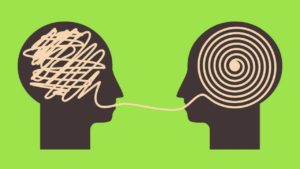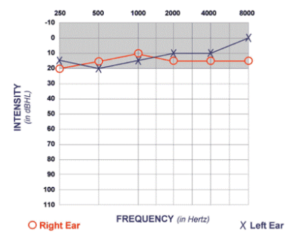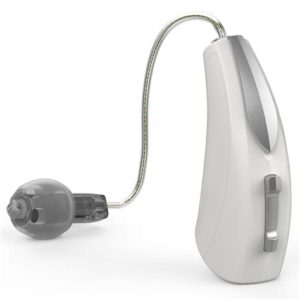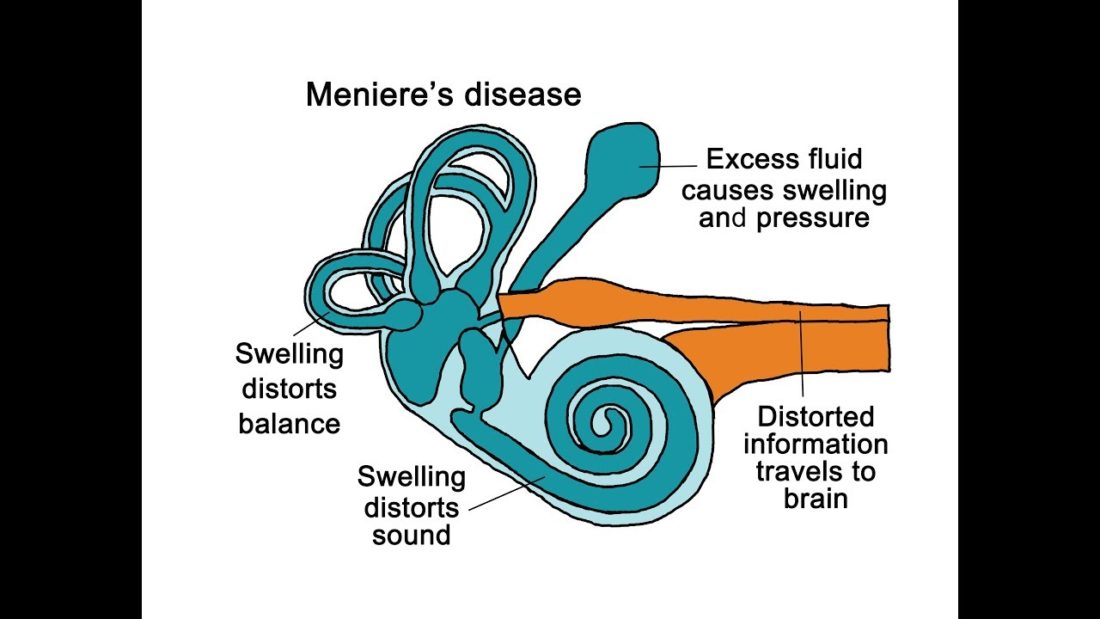
Hearing Jargon: We do try really hard to make sure that when you come into the office, you not only hear but understand us. But, inevitably, like every profession, we still use some jargon (or medical terms) that not everyone knows.
Well look no further, here is your Hearing Clinic Jargon Translation!
Hearing Jargon: Hearing Test
 Audiogram: The audiogram is a visual report to chart your hearing; it’s called an audiogram because the equipment we use to test your hearing is called an audiometer. For more information on the specifics of your audiogram and what it all means click here.
Audiogram: The audiogram is a visual report to chart your hearing; it’s called an audiogram because the equipment we use to test your hearing is called an audiometer. For more information on the specifics of your audiogram and what it all means click here.
Hertz (Hz): Hertz represents the pitch or frequency of a sound. The average person can hear 20 to 20,000 cycles per second. From of the audiogram.
Decibel (dB): Decibels are different sound levels or volume. The louder a sound, the higher the decibel. The left side of the audiogram.
Occluded: This is just a fancy term we use for blocked. If we say something is occluded it just means that it’s plugged up or blocked by something (in most cases wax).
Cerumen: This is the medical term for ear wax! We don’t use it as often, since ear wax is just easier to say, but this is the ‘technical’ term.

Hearing Jargon: Hearing aids
Receiver in the Canal (RIC): This acronym represents the most common style of hearing aid. The main body sits behind your ear and the receiver (speaker) is attached to a small thin cord that goes into the ear canal.
Microphone: The microphone (typically on the back of the hearing aid) picks up the sounds around you. The sounds are then run through an amplifier inside the hearing aid then onto a receiver in your ear so your brain can ‘hear’.
Receiver: Receivers are the actual speaker portions of hearing aids that goes inside your ear canal. They are able to convert the amplified sounds to sounds waves that the brain can understand.
Feedback: Feedback happens when the hearing aid output is also being picked up as input. Simply meaning that the hearing aid microphone is picking up environmental sound and sound from the hearing aid receiver; creating this squealing sound. This happens in some situations naturally, like when we cup the hearing aids in our hands, but if it happens all the time see your practitioner.
Dome/Ear Mold: Domes (the little rubber ends) and earmolds (custom-molded pieces) fit over the receiver to transmit the sound into your ear in a particular way. They also make the hearing aid more comfortable and secure.
Filter: In the receiver, underneath the dome is a little wax filter. These filters catch any wax or debris before it gets into the electronic part of the receiver and cause damage.
Hope this helps make your hearing health care experience easier and more fun now that you know the lingo!


Recent Comments